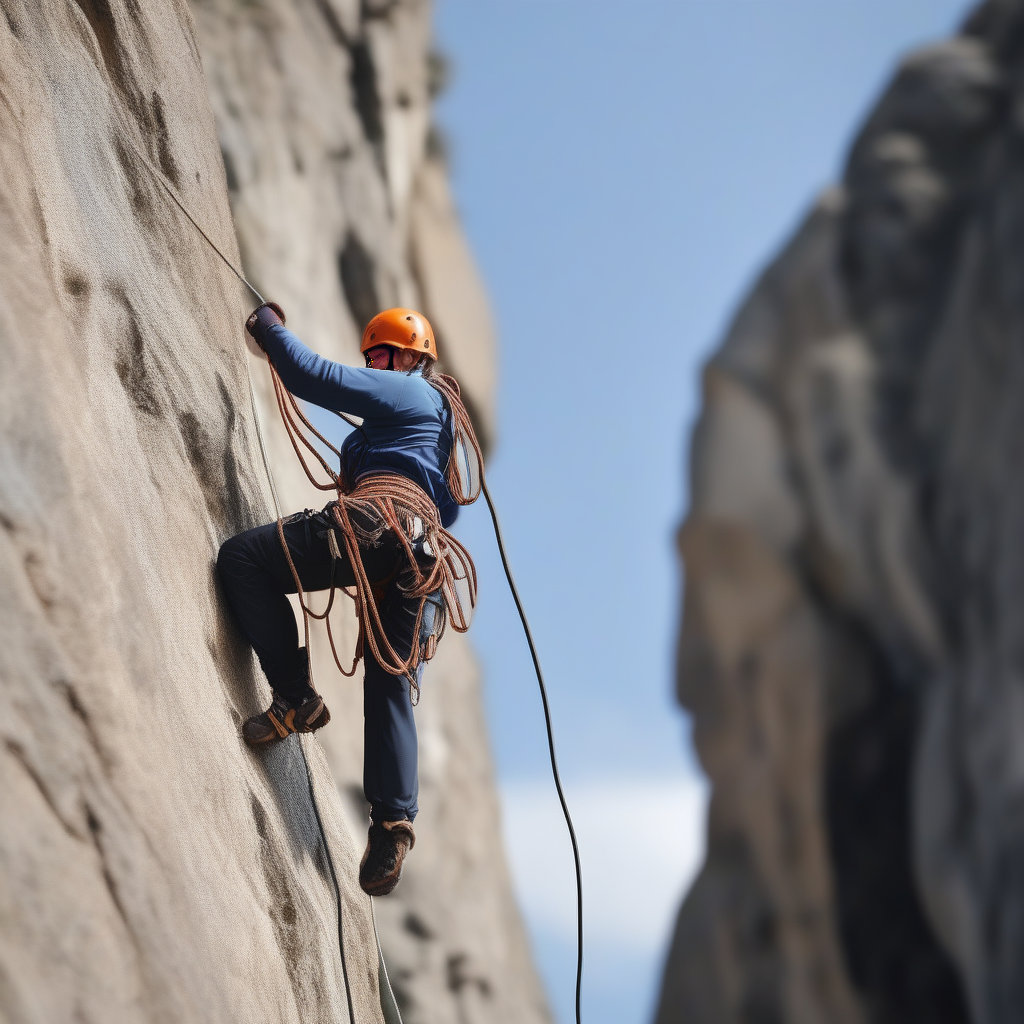Rappel, also known as abseiling, is a technique used in rock climbing, mountaineering, and other outdoor activities that involves descending a vertical or near-vertical surface using a rope. It is a crucial skill for climbers as it allows them to safely navigate steep and difficult terrain, such as cliffs, canyons, or icefalls.
The process of rappelling involves attaching oneself to a secured anchor point at the top of the descent using a harness and carabiner. The rope is then threaded through a device called a descender, which controls the descent speed and creates friction to prevent the climber from falling too quickly. Additionally, rappel gloves are often worn to protect the hands from rope burns and provide better grip.
As the climber descends, they must control their speed by applying pressure to the rope with their hands. This requires focus, concentration, and a good sense of balance. It is essential to maintain a steady pace while keeping a close eye on the rope and the surroundings to ensure safety. Proper communication between the climber and any belayers (those who control the rope from above) is also crucial during the rappelling process.
Rappelling is not just a practical skill but also an exhilarating experience. The feeling of being suspended in mid-air, relying solely on your equipment and skills, can be both thrilling and nerve-wracking. It requires mental strength, trust in the equipment, and a willingness to push personal boundaries. Rappelling is not only limited to the realm of climbing and mountaineering but is also used in other activities like canyoning, rescue operations, and military operations. Overall, rappelling is a versatile and important skill that allows individuals to safely explore and conquer vertical terrains, and it provides a unique sense of adventure and accomplishment.
